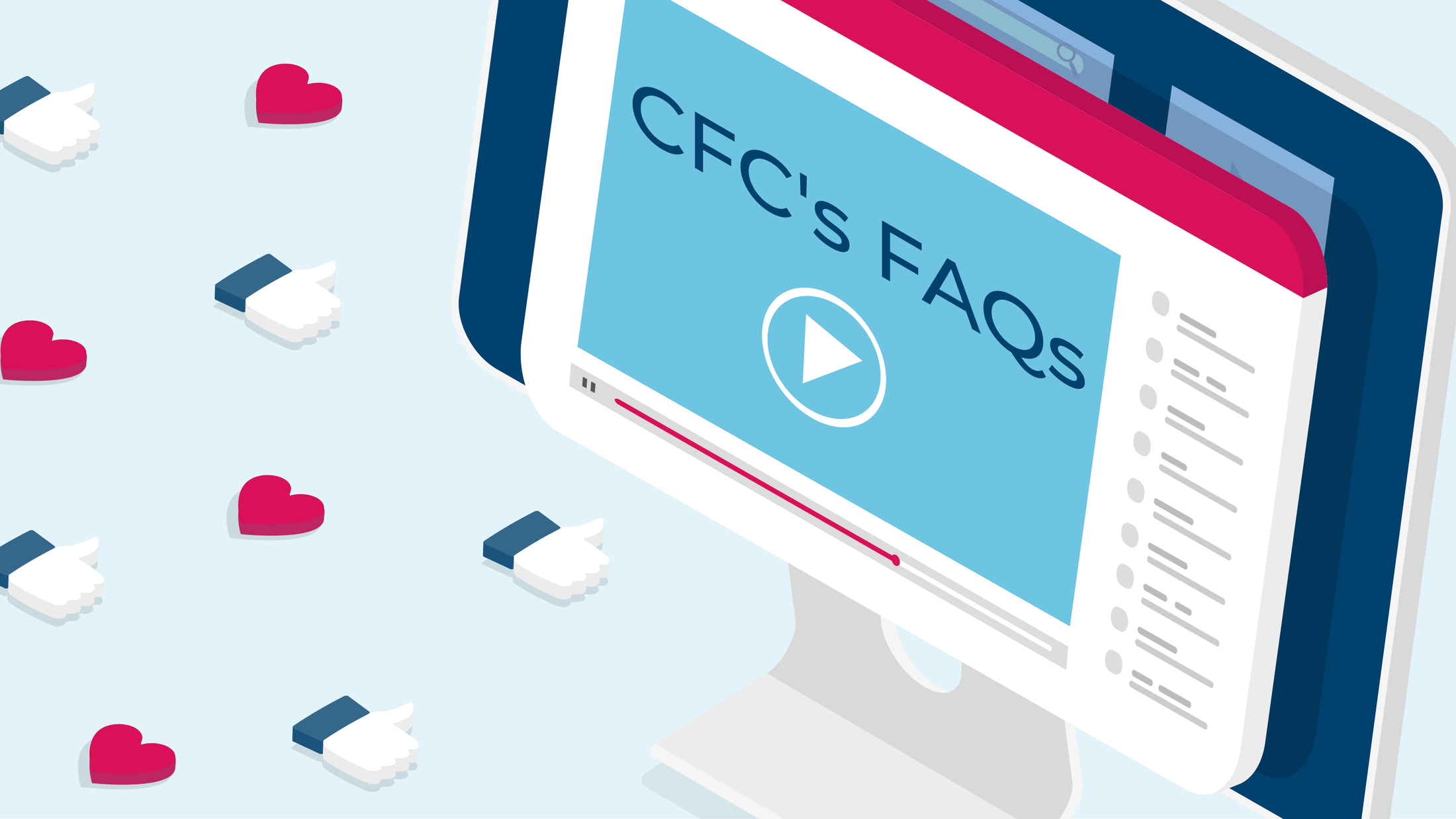CFC, the specialist insurance provider, pioneer in emerging risk and market leader in cyber, has launched an update to its popular cyber risk heat map to include more detail on the key exposures for a broad range of industry sectors from construction and education to healthcare, transport and logistics.
Built from data relating to the thousands of claims that CFC has managed since being one of the first insurers to enter the cyber market 25 years ago as well as trends that its in-house incident response team is witnessing externally, this free tool uses easy-to-read colour coded graph to ranks the severity of exposure for different industry sectors to business interruption, privacy and cybercrime.
“There’s a common misperception that cybercriminals are only interested in attacking businesses that hold sensitive data, when in fact our experience shows that criminals are industry agnostic, attacking many that hold no sensitive data at all” says Lindsey Nelson, Cyber Development Leader at CFC.
“Cybercriminals are increasingly targeting traditional industries such as transport and construction businesses through to those providing professional services, whether through ransomware and extortion or business email compromise scams. The motive is to go after businesses that are vulnerable, rather than valuable, as the easiest route to financial gain.

“To help brokers start the conversation with these clients and demonstrate that the risk to their businesses is very real, we’ve created a new version of our cyber risk heat map which hones in on the areas that are truly relevant to each industry sector.”
To support brokers further, CFC’s cyber risk heat map includes a few scenarios specific to individual client sectors and based on real life claims to illustrate the true nature of the risk they face.
And as a further sales aid, brokers can also use CFC’s free ransomware calculator to estimate the cost of a ransomware attack to a client. Drawing upon historic data from CFC’s claims experience over the past two decades, it provides low, medium and high severity ransomware loss estimates as well as a more detailed report explaining the cost breakdown, methodology used and actionable tips to help prevent attacks from occurring.
Nelson concludes: “It’s vital that cyber insurers give brokers the tools they need to provide their clients with a realistic picture of the risks they face and the costs they may face in the event of an attack. We’re committed to supporting our brokers and will continue to develop more sales aids over the coming months.”
To augment its heat map, CFC is soon introducing a range of industry specific heat maps, kicking off with professional service firms and healthcare.
Download cyber risk heat map now.



